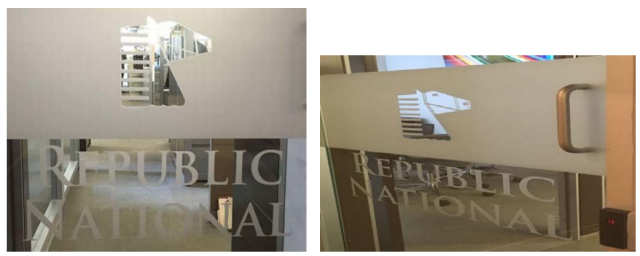Starting a business has a laundry list of to dos. More often than not, protecting intellectual property, and more importantly doing your due diligence in researching existing brands, is left on the back burner. One of the worst things a startup can do is ignore their IP. This can have grave consequences, whether you fail to protect your own IP and have to fight a third party for your rights, or infringe on a third party’s IP and are dragged into court to defend your company. And the dreaded “R” word, forced rebrand.
Take the following example: Susie opens a bicycle shop called SPIN. (What some may not recognize is SPIN is Susie’s trademark, the brand that she is offering her products and services under. This is completely separate from Spin Florida, LLC, Susie’s corporate entity). Susie’s bike shop is a hit and becomes known as THE bike shop in the town. Fast forward six months later, Susie decides she wants to protect her trademark. She hires an IP attorney to perform research on her SPIN trademark. Unfortunately, another company has already filed a trademark application before Susie for the same trademark. If Susie wants to file her own application, the other company’s application will prevent her from filing, and she will have to fight their application in court if she wants to get over this hurdle. Susie hits another road bump: she receives a cease and desist letter from SPINNERS, a nation-wide bicycle chain. SPINNERS demands that Susie cease using the SPIN trademark within 30 days and pay $3,000 for her infringement, or they will file a lawsuit against her. Susie is forced to rebrand, spending thousands on new signage and marketing materials. Changing the name of Susie’s store has also shaken the confidence in her customers and new consumers who heard about SPIN can’t find her store.
This may sound like a dramatized scenario, but it is something we have seen countless times, affecting anyone from a local business to a nationwide company. Below are a few practice points to help ward off some potential pitfalls:
Practice Point #1: Perform due diligence research BEFORE you launch, produce business cards, marketing materials, and signage. You may find that your brand infringes on a third parties rights, or that so many other companies have a similarly named brand that consumers won’t be able to pick your business out of a line up. If you are forced to change your brand identity or rebrand entirely, a lot of money will be wasted that you may not be able to recoup.
Practice Point #2: File for trademark protection. Depending on your business, state or federal protection is the route you need to go. Within the State of Florida, a trademark must be in use before an application can be filed. However, the United States Patent and Trademark Office allows both intent to use and use based applications to be filed. Take advantage of this!
Practice Point #3: Contracts. Unless you are the sole owner, contracts are imperative to plan for the future of the company’s IP. What if a partner leaves the business entity, does the IP stay with the entity or leave with him/her? Who owns the IP assets? Have contracts lay out the ownership and future of the IP from the start to result in cleaner relationships and transitions
down the road. Don’t forget that although intangible, IP is a piece of property like that of real estate, machinery, etc.
Practice Point #4: Always think towards the future. This goes along with all of the points above. You may be thinking “We’re a very small business”, “We’re just locally owned”, “We don’t have plans to expand out of the county”. If you are an entrepreneur, chances are that no matter how small you are now, you don’t want to stay small. Think of the dreams and goals of your company, and ensure that your IP strategies align with those goals. If you are currently selling your products at a farmers market, but have plans to launch an entire e-commerce website, it won’t take long for third parties to find you if your trademark infringes on their brand.


